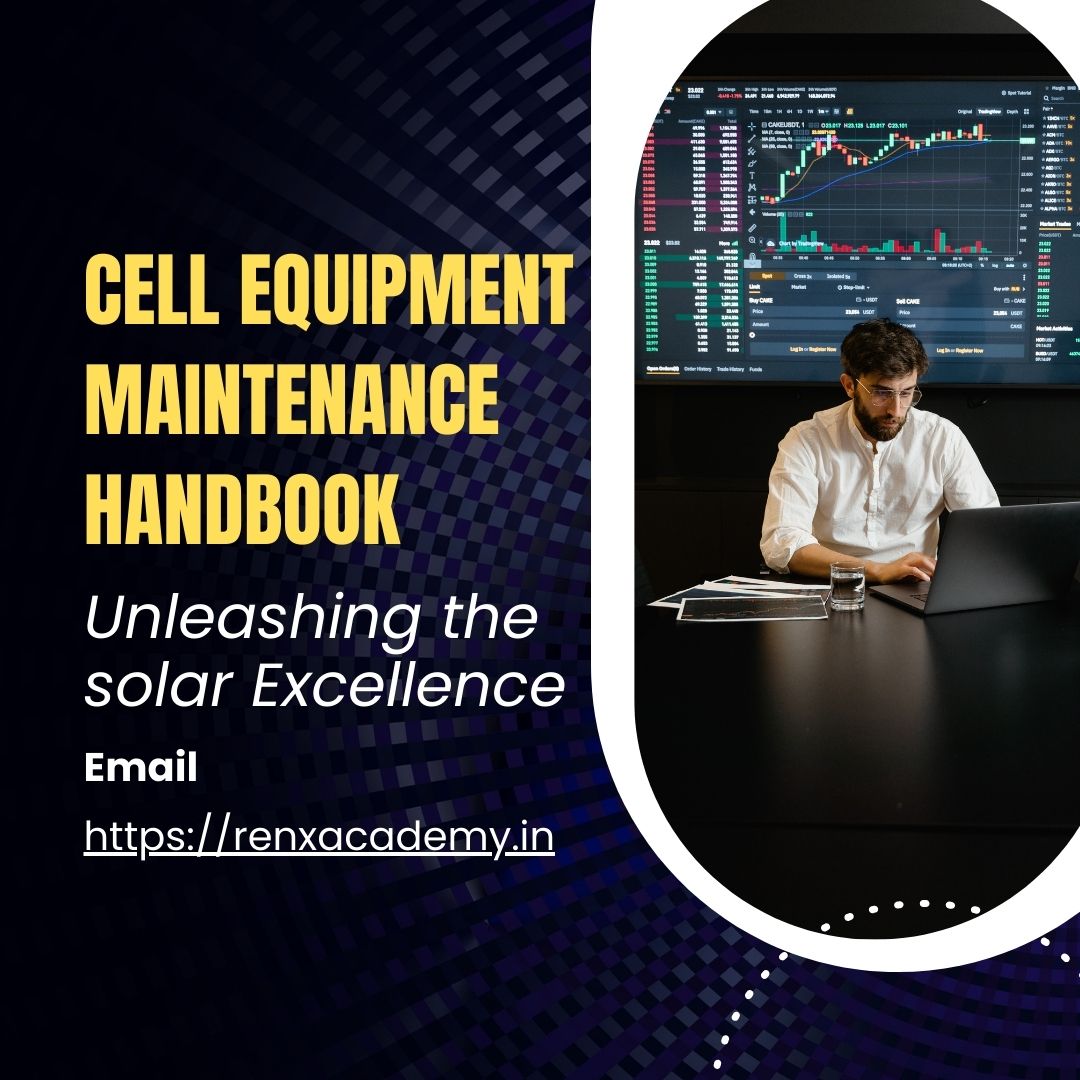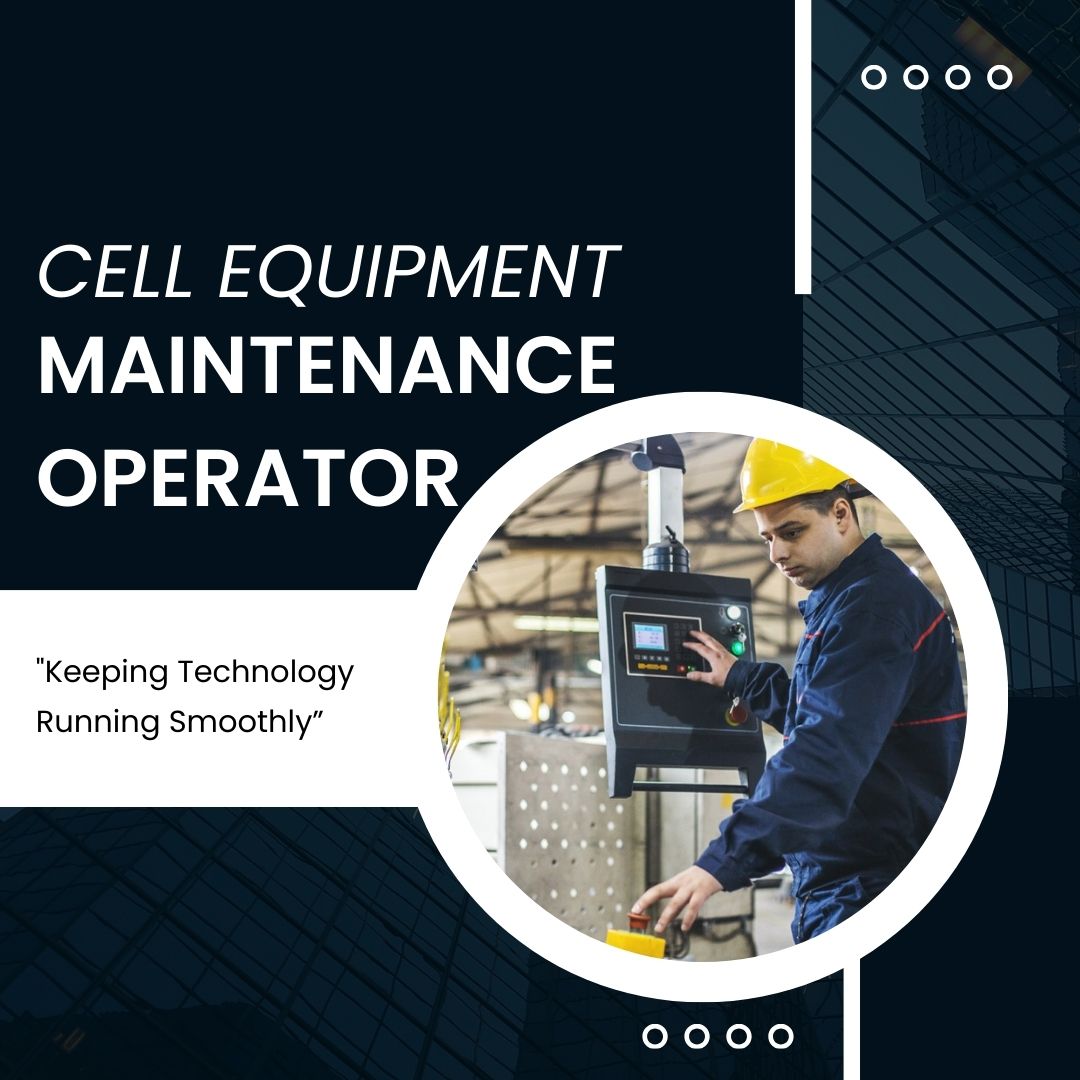Currently Empty: ₹0.00
Cell Equipment Maintenance Handbook

About Bundle
Cell equipment maintenance involves ensuring the proper functioning and calibration of machinery used in solar cell production. This includes regular inspection, cleaning, and lubrication of equipment components to prevent downtime and maintain accuracy. Scheduled maintenance tasks such as alignment checks and sensor calibration are essential to ensure consistent and reliable operation. Prompt identification and resolution of equipment issues through troubleshooting and repairs help maintain product quality and production efficiency. Adherence to manufacturer guidelines and safety protocols is crucial to prolong the lifespan of cell quality equipment and minimize risks of defects.




